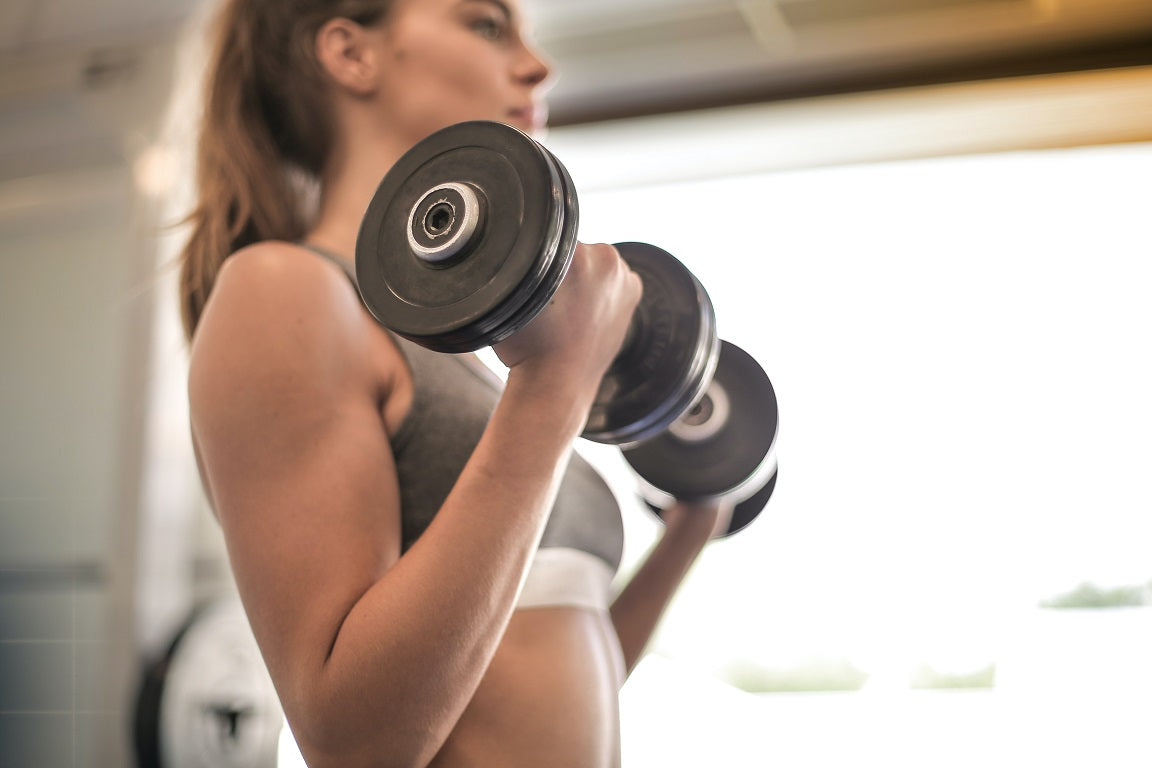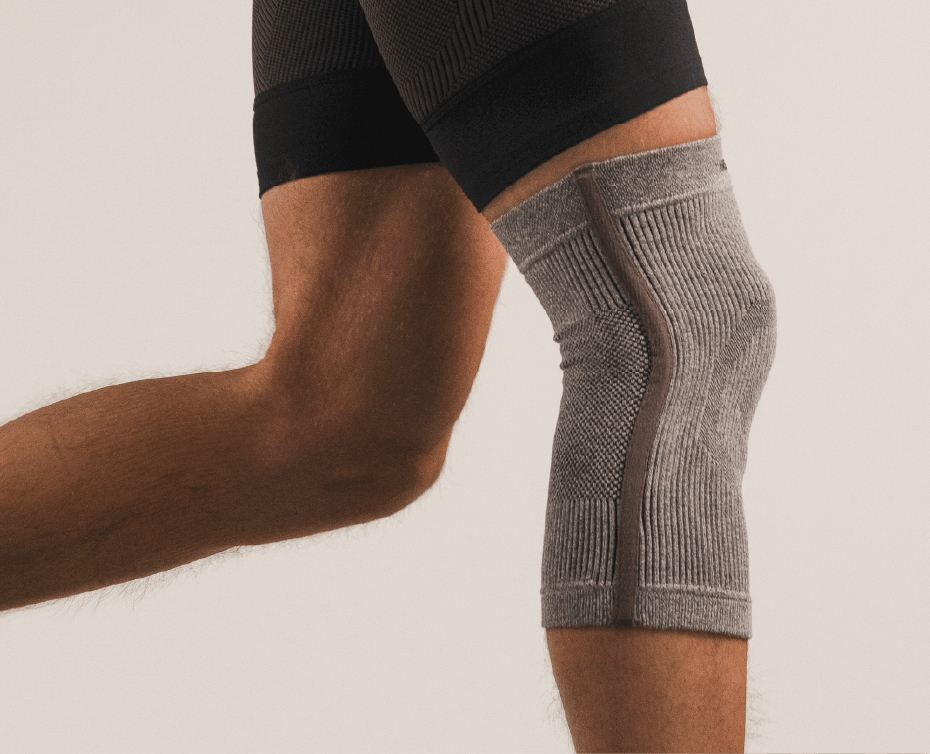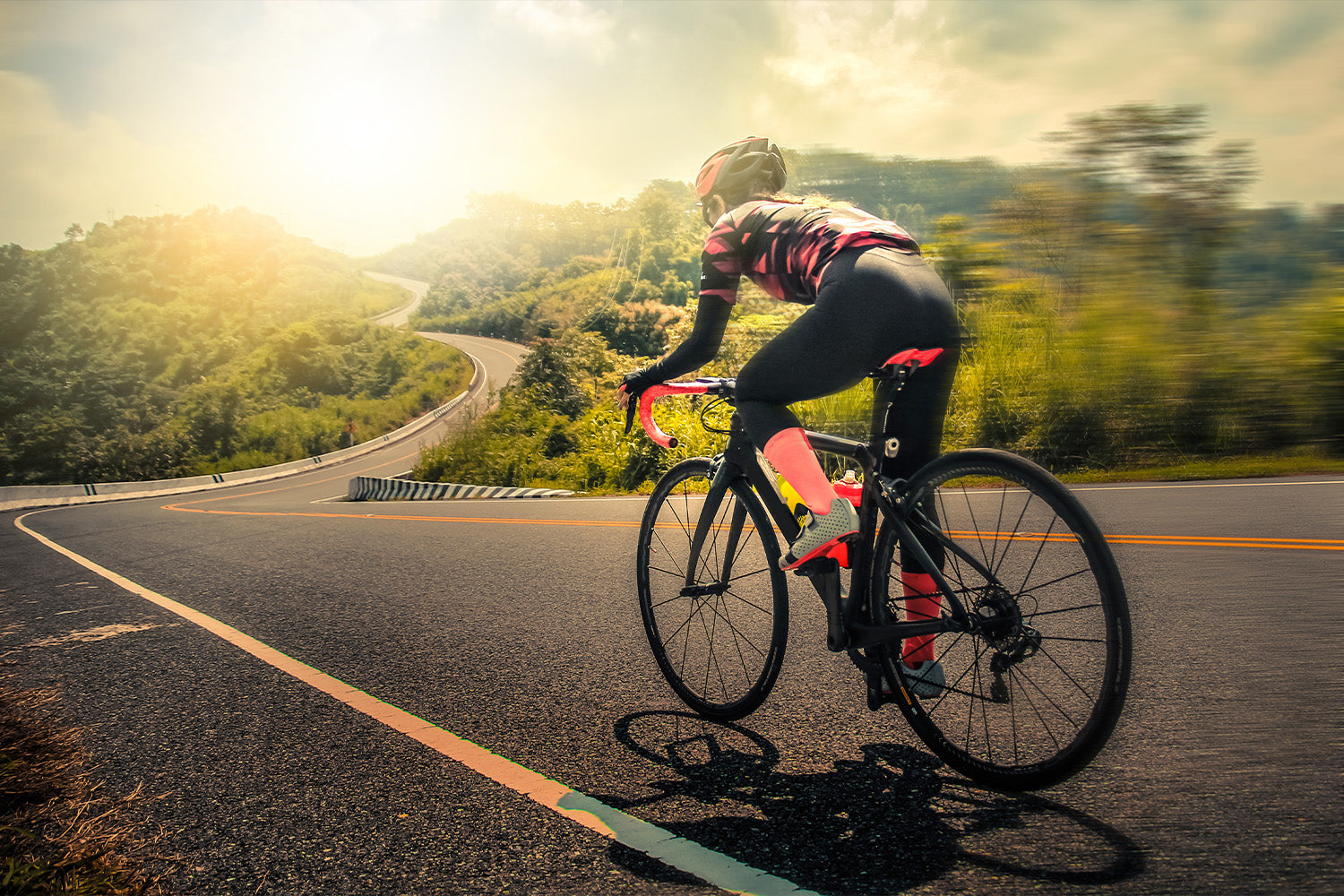Once you start road cycling, you won’t want to stop, but getting started can be intimidating. Whether you plan on using your bike for commuting or have aspirations of competing in the tour de France, several important tips can serve you well.
In this beginner’s guide to road biking, you will get an idea of what you need to feel confident heading out on your first few rides.
How Do I Start Road Cycling?
Road cycling is an exciting new adventure to jump into, but there are many things to consider. From finding the right bike to learning how to take care of it, it can be a lot to keep track of.
Once you get the hang of it, though, it will be smooth biking. You will be well ahead of other new riders by keeping a few things in mind.
1. Choose the Right Bike
If you plan on road cycling, you need a bike built for it. There are many variations and types of bikes, from road bikes to mountain bikes and more. Road bikes are lighter and have narrower tires, which allows them to pick up speed and be easy to handle on the asphalt.
Mountain bikes are better suited for rocks and dirt trails, but they are much heavier and have bigger tires than road bikes, which will cause you to tire out sooner. If you want to be less restricted in what terrain you can take on, you can also explore hybrid bikes, which can handle pavement, gravel, or dirt trails.
Before making your final decision on a new bike, make sure that the bike is sized properly for you. Bike fit is essential for your comfort and endurance. When you stand over your bike, you should have about an inch of clearance between you and the frame.
You should also be able to reach the handlebars comfortably. Talk to an expert in the store to get extra guidance on whether a bike fits you correctly.
2. Find the Right Saddle Height
Your saddle height determines how high you sit on your bike and can greatly impact your ride. Saddle height matters more than just for comfort — saddle positioning can help protect you from injury by preventing overexertion of your legs.
For example, if your saddle is positioned too high, you risk straining your hamstrings when you push into the pedals. Or, if your saddle is too low, you risk bending your legs too much and putting unnecessary strain on your knees.
To find the right saddle height, you should adjust the seat post until your legs are comfortable when the pedals are at their highest and lowest points. When the pedals are at their lowest point, your legs should be almost straight but with a slight bend in your knee. When the pedals are at their highest point, your knee should be at a 90-degree angle. Any more bend in your knee than this puts too much strain on the ligaments.
3. Wear a Helmet
You don’t need a lot to start biking, but the first investment should always be a proper bike helmet for new riders. Make sure that the helmet has a comfortable, snug fit. A helmet must fit comfortably to protect you properly.
To find the right size, you should measure the circumference of your head with a tape measure or string. Wrap the tape measure around the largest part of your head, starting at a point about an inch above your eyebrows. You can also use a string and measure the length with a yardstick.
Helmets may include various technologies that can provide you with more protection against different types of impacts. These technologies include Multi-directional Impact Protection System (MIPS), WaveCel, and Shearing Pads Inside (SPIN) technology, all of which provide different ways of absorbing rotational or direct force from an impact.
Helmets use careful construction to provide protection, and any impact can compromise the integrity. If you fall off your bike once or happen to drop your helmet, get a new one.
Your head is precious, so there is no such thing as being too careful or too selective when handling or choosing a bike helmet.
4. Find the Right Gear
Once you have the right helmet, you can start choosing the rest of your gear. Depending on the intensity you are looking for, you don’t need to rush to grab all of the biking gear you possibly can. Really, after getting a bike and a helmet, you can gradually obtain the rest of your gear over time and decide what to prioritize.
You may want a small backpack and a water bottle to support you during your rides. Snug, breathable athletic clothing will suit you just as fine as you start until you graduate with cycling clothing.
Over time, you will also be able to decide on factors like clip-in pedals vs. clipless pedals, what size bike tires to choose, and whether to wear cleats or standard biking shoes.
If you plan on racing or traveling long distances, having the right gear is more important to support high speeds and aerodynamics. In this case, look for cycling clothing that minimizes drag and maximizes comfort on longer rides, like padded cycling shorts, breathable shirts, and windproof jackets.
5. Be Aware of Hazards
One of the most crucial parts of road cycling is building an awareness of all the potential hazards that exist, and on the road, there are many. Knowing what to look for will help you stay safe and enjoy your rides.
Hazards in your control include potholes, parked cars, and other road obstructions. Although you should focus on enjoying the riding experience, you must pay attention the whole time and watch the road in front of you.
6. Watch Out for Drivers
If you are biking in the city or alongside a highway, know that drivers often aren’t as careful around road cyclists as they should be. At the same time, always pay attention to traffic lights and signs to anticipate what drivers and other road users will do. Use hand signals and follow all road rules so that drivers can also anticipate what you will do.
Minimize your risk however you can. Start by ensuring you can be easily seen by drivers, especially when riding at night. Wear bright clothing, ensure your bike has a reflector in the front and back, and invest in a front and rear light. It also helps to be familiar with your planned route and choose safe routes for cycling.
7. Understand Local Cycling Laws
Another way to stay safe when road cycling is to know your rights to the road as a cyclist. Different states and localities have different laws regarding bikers. Make sure you understand your local driving laws regarding cyclists so that you know whether you can use a full lane, whether you can ride on the sidewalk, or how much space drivers will give you.
Reading through your state’s driver’s handbook will help you understand your right of way as a cyclist and have safer interactions on roadways.
8. Maintain Your Bike Regularly
Your bike has many complex systems, from the shifters that control your bike gears to the derailleur that guides the chain between gears. As a result, many things can wear out over time, like your chainrings, disc brake pads, inner tubes, and more.
It helps to make friends at your local bike shop, as many will be able to help you find the right parts, help fix any issues, and even provide routine tune-ups to ensure your bike is in its best shape. Getting a tuneup twice a year will help you catch any small issues before they become larger. The last thing you want is for your brake lever to tap out while you ride.
If you are motivated, you can learn about the components and perform regular maintenance yourself. Regardless of your skill level, you should regularly check your tire pressure and ensure your chain is lubricated.
Maintenance issues can also pop up while you are out on the road, like a loose front wheel or misaligned handlebars. Therefore, carrying a multi-tool can come in handy to help you manage minor issues during your rides.
9. Allow Yourself To Recover
As you strengthen your leg muscles, it’s also important that you let them rest. Riding your bike is exciting, and you will want to get back out there as soon as possible, but it can be easy to overdo it. Overuse injuries are the most common biking injuries, so give yourself a chance to rest, especially after long rides.
Soreness is an inevitable part of biking, especially if you are a beginner and your muscles are just getting used to the ramped-up activity. Make sure that you don’t overdo it and risk any injury. The recovery process is also essential to allow your muscles to build strength to handle more demanding rides.
Avoid powering through any extreme soreness or pain, as this could lead to injury while you are out biking. If you get injured while biking, alert someone that you need a ride back home.
You should always have a backup plan for not completing your ride and a point of contact who can help. Fortunately, if you experience a minor tweak or injury while biking, you have resources available to help.
10. Support Recovery With Incrediwear
For extra support in the healing process and to prevent injuries while biking, you can turn to Incrediwear sleeves and braces to promote healing, recovery, and performance.
Incrediwear products are made using a comfortable proprietary fabric with semiconductor elements that release ions and activate vibrations that increase blood circulation and lymph flow to the target area.
This extra circulation increases oxygen and nutrient delivery to the area and removes natural cell waste buildup, boosting recovery. The knee is the most commonly injured area among cyclers, so an Incrediwear knee sleeve can help you promote blood flow to the area and prevent injury.
Support Your Muscles When You Ride
With the above tips in mind, you are well on your way to safe, comfortable, and exhilarating rides. Once you get into the swing of road cycling, you won’t want to stop. Fortunately, you can turn to Incrediwear to boost your performance and get yourself back on your bike sooner after each ride.
Explore our collection of cycling products to support your bike rides, or browse our complete collection of sleeves and braces to see how Incrediwear can support you during any activity.
Sources:
Bikes: How to Choose | REI Co-op
An Overview of the Effectiveness of Bicycle Helmet Designs in Impact Testing | Frontiers
Cycling Injuries | University of Rochester Sports Medicine Program
Relationship Between Blood Flow and Performance Recovery: A Randomized, Placebo-Controlled Study | PMC
Read more

Strength training has numerous health benefits and is a vital part of many people’s health and fitness journeys. Regular strength training helps you to build leaner, stronger muscles, leading to a ...

December is a busy time. Between work, family obligations, and preparations for the holiday, many people find themselves feeling overwhelmed and neglect their health as a result. When it comes to ...






Leave a comment
All comments are moderated before being published.
This site is protected by hCaptcha and the hCaptcha Privacy Policy and Terms of Service apply.